Narita Airport Tokyo – Complete Guide to Japan’s Main International Gateway

Narita International Airport serves as Japan’s principal hub for international flights, welcoming millions of visitors annually.
Located about 60 km east of central Tokyo, it features three terminals, advanced passenger amenities, and a wide variety of transport options into the city.
This guide offers everything you need to know: terminal layout, transport methods with up-to-date fares and times, shopping, local attractions during layovers, and practical tips to make your journey smooth and well-informed.
Overview of Narita International Airport
Narita Airport started operations in 1978 and has since become the largest gateway for long-haul flights into Japan, handling over 50 airlines and connecting to more than 100 global destinations.
Its infrastructure continues to evolve, combining modern comforts with efficient operations to accommodate first-time visitors and seasoned travelers alike.
Terminals and Layout
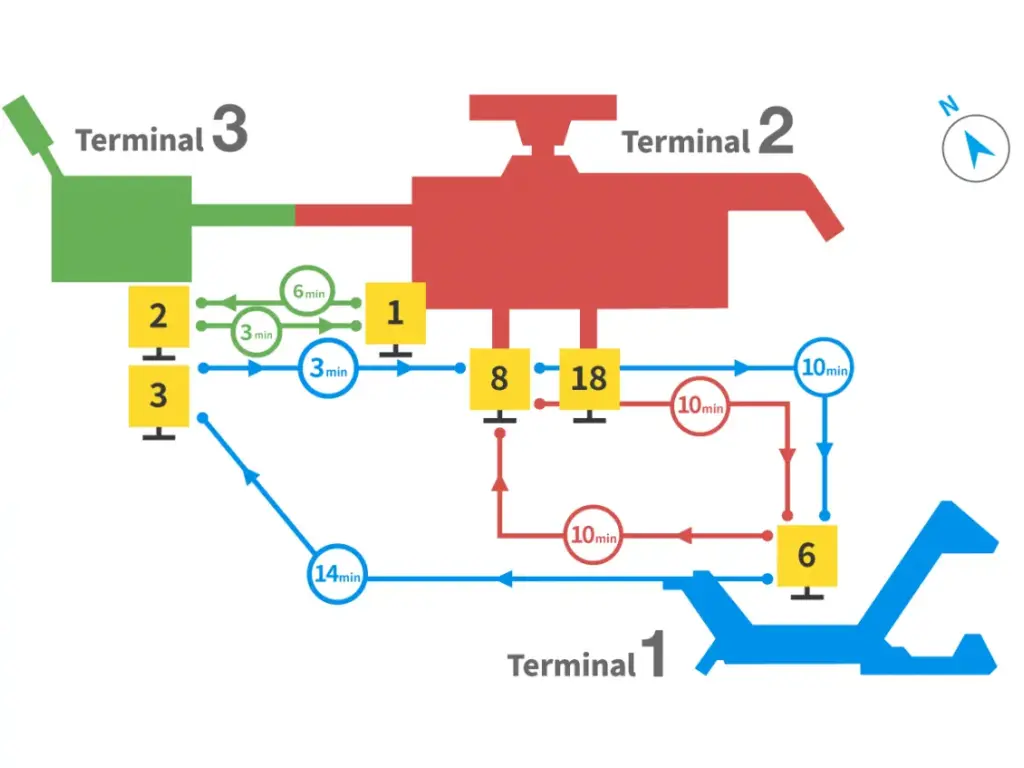
The airport’s three terminals are each tailored to different airline alliances and travelers’ styles. Identifying your departure or arrival terminal early helps streamline your navigation and checks.
- Terminal 1
Split into North and South Wings—generally North serves SkyTeam and South serves Star Alliance—with a central building housing shops, lounges, and dining. - Terminal 2
Used by Oneworld alliance carriers; consists of a main building plus satellite, linked by a covered walkway. - Terminal 3
Designed for low-cost carriers, featuring a simplified layout and Japan’s largest airport food court.
Free shuttle buses run every 7–20 minutes among terminals, and a covered walkway connects Terminals 2 and 3.
Facilities and Services
Narita caters well to traveler needs: free Wi-Fi (including on shuttle buses), currency exchange counters, ATMs, luggage storage, coin lockers, showers, and information desks in multiple languages.
Families are supported with nursing rooms and play areas, while travelers with extra needs can access prayer spaces and lounges.
Passenger Experience
The airport is known for its cleanliness, multilingual signage, and helpful staff. While immigration can be busy during peak periods, observation decks and cultural displays make layovers more pleasant.
>>> Narita Airpot Official Website
Transportation from Narita to Tokyo
Given the greater distance from Tokyo compared to Haneda, effective planning for transport options from Narita is essential.
Whether you prioritize speed, comfort, price, or convenience, the airport offers rail, bus, taxi, rental, and shuttle options to suit every traveler.
Train
Trains offer fast and reliable travel. Several services operated by JR East and Keisei Railway connect you to Tokyo via different routes and fare structures.
Narita Express (JR East)
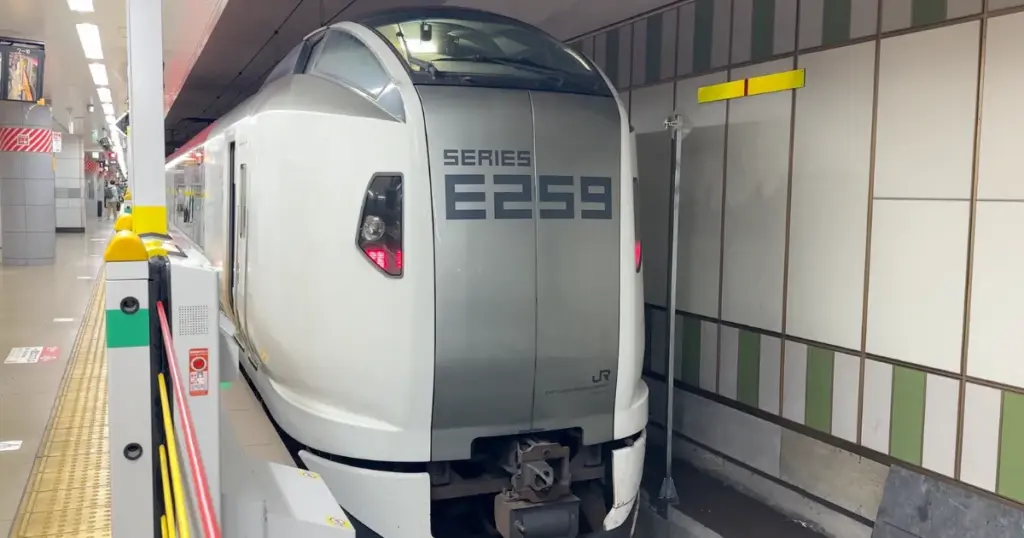
The Narita Express (N’EX) connects to Tokyo Station in about 55 minutes (often as fast as 53 min) and continues on to Shibuya, Shinjuku, and Yokohama.
All seats are reserved, and Green Car upgrades offer more comfort.
A standard one-way fare to Tokyo Station is around ¥3,070, with Shinjuku/Shibuya routes around ¥3,250. A discounted round-trip ticket for foreign visitors (N’EX TOKYO Round Trip Ticket) is available for ¥5,000.
>>> Narita Express
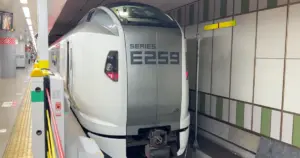
Skyliner (Keisei Electric Railway)
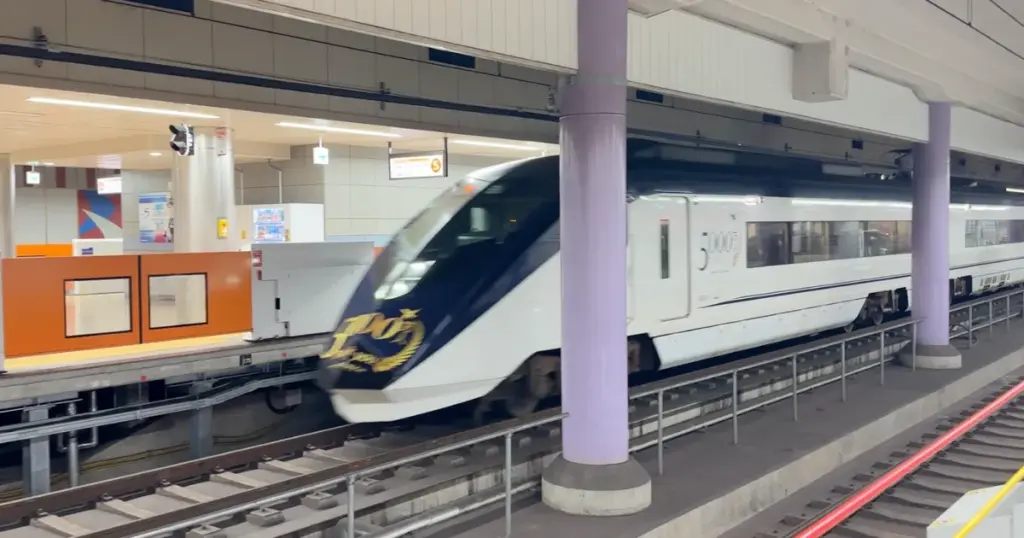
The Skyliner is the fastest limited express, reaching Nippori in approximately 36 minutes and Ueno in around 41 minutes over the Narita Sky Access route.
The one-way fare is ~¥2,470 (IC: ¥2,465) to Nippori or Ueno. Discounted e-tickets (e.g., ¥2,310 online) are available.
>>> Skyliner
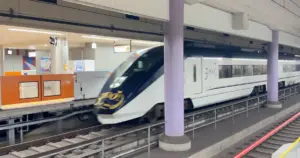
Keisei Access Express
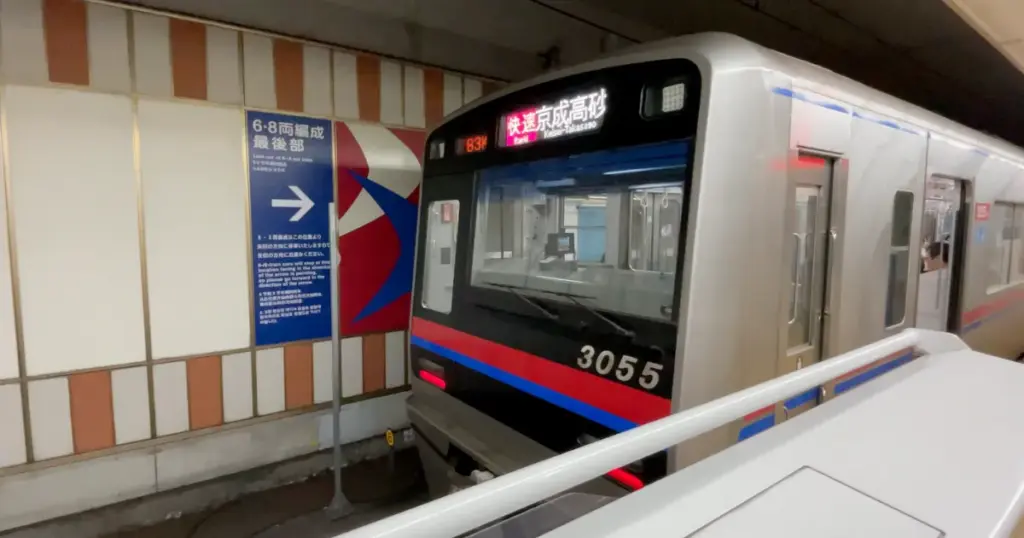
This train offers through-service to Asakusa, Ginza, and other stations on the Toei Asakusa Line without transfers. It costs about ¥1,330 and takes roughly 60–70 minutes.
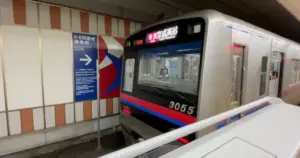
Bus

Buses offer convenient alternatives—especially with heavy luggage or direct hotel service—with varying price tiers.
Airport Bus TYO-NRT (Low-Cost)
Previously branded as “Tokyo Shuttle” and “Access Narita,” this service now operates as TYO‑NRT between Tokyo Station (Yaesu Exit), Ginza, and Shinonome.
A standard one-way fare is ¥1,500, with late-night/early-morning rides priced at ¥3,000. Travel time averages 65 minutes, with buses every ~10 minutes.
Airport Limousine Bus
This service connects Narita with major hotels and districts like Shinjuku and Tokyo Station.
Fares range from approximately ¥3,100 (e.g., to TCAT) up to about ¥3,600, travel takes 60–120 minutes depending on traffic, and luggage handling and onboard amenities are provided.
Taxis and Private Transfers
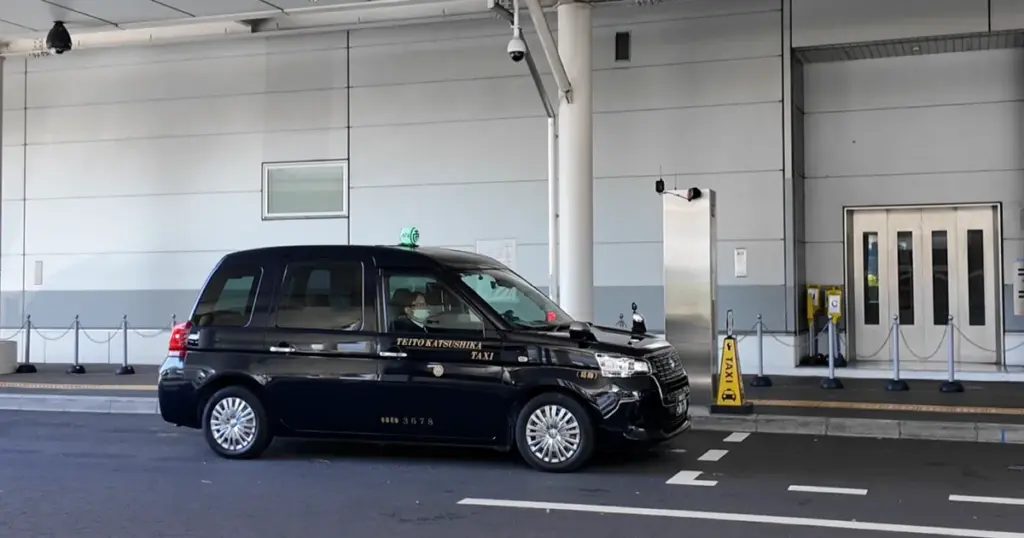
Taxis offer direct doorstep service but are the priciest option—with fixed fare zones around Tokyo ranging from ¥20,000 to ¥28,000 depending on route and time (e.g., overnight surcharges can push fares over ¥28,000).
Private transfer services can be booked ahead, offering convenience for groups or travelers with bulky luggage.
Other Transport Options
For those seeking flexibility, car rentals are available at all terminals.
Some nearby hotels offer shuttle service, and ride-hailing (e.g., Uber) operates in select areas, though coverage can be limited.
Transportation Comparison Table
| Mode | Destination / Route | Approx. Time | Fare (Adult) | Frequency |
|---|---|---|---|---|
| Narita Express (JR East) | Tokyo Station | 53–55 min | ¥3,070 (Tokyo), ¥3,250 (Shibuya/Shinjuku) | Every 30–60 min |
| Skyliner (Keisei) | Nippori / Ueno | 36–41 min | ¥2,470 (IC: ¥2,465) | Every 20–40 min |
| Access Express | Asakusa / Ginza (Toei Asakusa Line) | ~60–70 min | ~¥1,330 | 1–2 per hour |
| Airport Bus TYO-NRT | Tokyo Station / Ginza | ~65 min | ¥1,500 (day) / ¥3,000 (late) | Every 10 min |
| Limousine Bus | Shinjuku / Tokyo / Hotels | 60–120 min | ¥3,100–¥3,600 | Every 20–60 min |
| Taxi (Fixed Fare) | Central Tokyo | 60–90 min | ¥20,000–¥28,000+ | On demand |
Shopping and Dining at Narita Airport

Narita Airport is a compelling destination for shopping and dining, offering a wide range of options for every budget and taste.
Duty-Free Shopping
Duty-free boutiques offer luxury fashion, electronics, cosmetics, and liquor with tax-free prices for international travelers. Brands rotate promotions frequently.
Japanese Souvenirs and Specialty Stores
Numerous shops stock region-specific gifts like traditional crafts, matcha teas, sake bottles, wagashi sweets, and packaged snacks—perfect for last-minute purchases.
Dining Options and Food Court Highlights
Dining ranges from sushi and tempura to ramen, curry, and Western-style cafes. Terminal 3’s expansive food court is especially popular for its variety and value.
Practical Information for Narita
Narita Airport offers extensive services to support travelers from arrival through departure.
Wi-Fi, SIM Cards, and Pocket Wi-Fi Rentals
Free Wi-Fi is available across all terminals and on shuttle buses. SIM card vending machines and pocket Wi-Fi rental services are easily accessible near arrival gates.
Currency Exchange and ATMs

Foreign currency exchange counters and international ATM services are positioned in both arrival and departure areas, providing multiple options for cash access.
Luggage Services and Lockers
Baggage storage, coin lockers, suitcase delivery (Takuhaibin), and wrapping services are available in Terminals 1 and 2 for convenience during layovers or onward travel.
Accessibility and Family Services
Narita is fully wheelchair accessible, with elevators, ramps, and accessible restrooms. Nursing rooms, kids’ play zones, and stroller rentals are also provided for families.
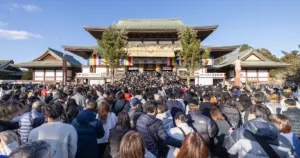
Narita Airport vs Haneda Airport – Which Should You Choose?
| Feature | Narita Airport | Haneda Airport |
|---|---|---|
| Distance to Central Tokyo | ~60 km | ~15 km |
| International Flights | Majority of long-haul | Increasing, but fewer |
| Domestic Connections | Moderate | Extensive |
| Transport Options | Train, bus, taxi, rental | Train, monorail, bus, taxi |
| Speed to Tokyo | 36–120 min depending on mode | Typically under 30 min |
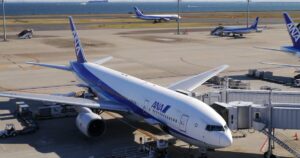
FAQ about Narita Airport
- How far is Narita Airport from central Tokyo?
-
Narita is located about 60 km east of central Tokyo. Depending on your chosen transportation, travel time can range from 36 minutes (Skyliner) to around 2 hours (bus in heavy traffic).
- Which is faster to Tokyo, Narita Airport or Haneda Airport?
-
Haneda Airport is closer—around 15 km from central Tokyo—so it’s generally faster. However, Narita Airport offers more long-haul international flights and competitive transport options like the Skyliner and Narita Express.
- Can I sleep overnight at Narita Airport?
-
Yes, Narita allows overnight stays in certain public areas. There are also airport hotels and capsule hotels located within or near the terminals for more comfort.
- Is there luggage delivery service from Narita to my hotel?
-
Yes, Takuhaibin (luggage delivery) counters are available in Terminals 1 and 2. You can send your bags directly to your hotel anywhere in Japan, usually by the next day.
- Can I buy a SIM card or pocket Wi-Fi at Narita Airport?
-
Absolutely. SIM card vending machines and pocket Wi-Fi rental counters are available in all terminals, located near arrival areas.
- What is the cheapest way to get from Narita Airport to Tokyo?
-
The Airport Bus TYO-NRT is one of the cheapest options at 1,500 yen for daytime rides when booked in advance online. The Keisei Access Express is also affordable for certain destinations.
- Are there showers at Narita Airport?
-
Yes, shower rooms are available in Terminals 1 and 2 for a fee, providing towels and toiletries.
Final Thoughts on Narita Airport
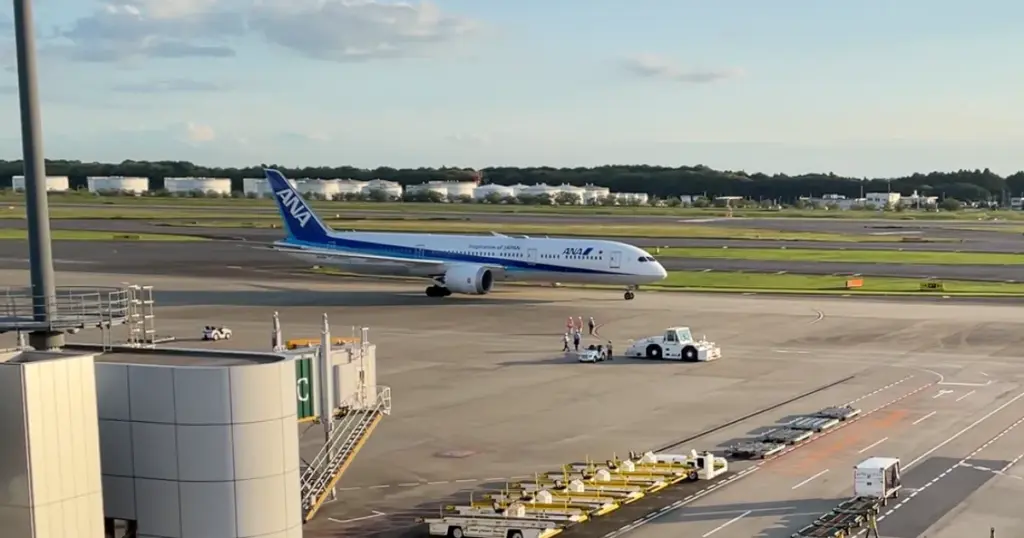
Narita International Airport delivers a world-class travel experience—efficient terminal navigation, reliable and varied transport to Tokyo, rich shopping and dining, and even nearby cultural escapes.
With this updated guide, you’ll have the latest fares, timing, and service options at your fingertips—ready for smooth planning and a confident start to your Japan adventure.
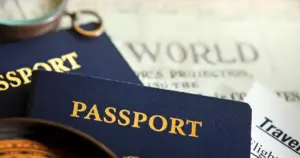
Don’t miss this one too!
